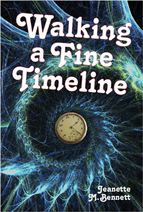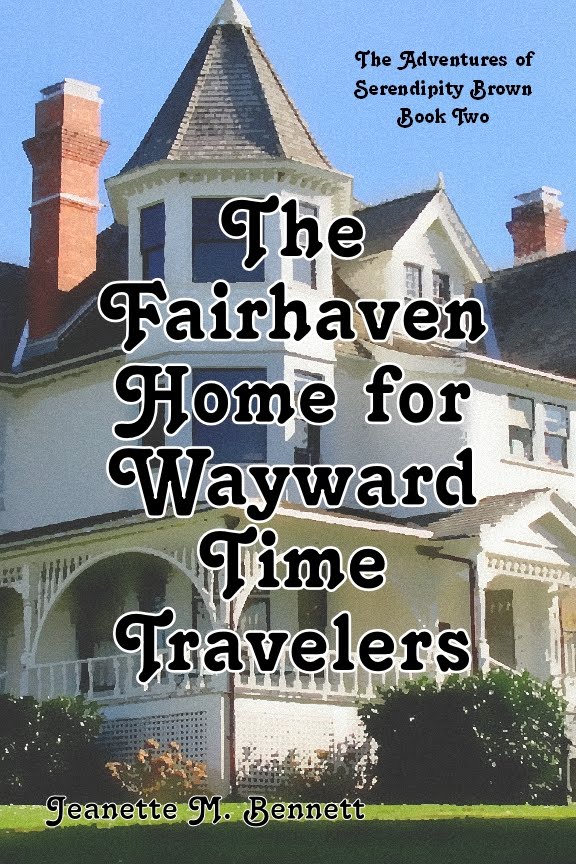Singapore has a unique history. It was a British Colony, but the majority of colonists were not Europeans, as in Australia or Canada, but Asians. It was from the start one of the most multi-ethnic cities in the world. And from its start it was also one of the fastest growing. It is a city that will become a nation because of its uniqueness.
 |
| Sir Thomas Stamford Raffles |
After studying several maps, Raffles decided the island off the southern tip of Malaya would be perfect. Singapore Island was about half-way between India and China, and centrally located in Southeast Asia. Most importantly the Dutch had ignored it. For that matter so had the Sultan of Johar who supposedly owned it.
In 1819 Raffles landed on the southern end of Singapore Island to find a tiny fishing village at the mouth of a river. The rest was thick jungle. However he knew that there had once been a port here, named Singapura (Sanskrit for “Lion City.”) Nothing was left after the Portuguese had destroyed it two hundred years before. This was indeed the perfect site for a port.
 |
| Map of Singapore (sorry it's in German) |
Raffles smuggled Tengku Hussein into Singapore and offered to recognize him as the true Sultan of Johar and ruler of Malay if he would give the British permission to set up a trading post. He would also pay him a yearly rent. Tengku Hussein signed the treaty and became Sultan of Johar. Better a puppet king, than no kingdom at all.
As for the natives, Temenggong Abdu'r Rahman, the local leader, had helped Raffles with his plan. He had heard tales of Singapore’s glorious past, and was not adverse to seeing it again. He had also been promised a yearly stipend.
Singapore was not to be some quick and dirty temporary outpost. Raffles had great plans for her. He envisioned a prosperous, modern city. His first order was that this was to be a free port--no tariffs, no taxes and open to all.
Raffles had to return to Bencoolen. He left Major William Farquhar in charge. Farquhar took the idea of free port a bit too far, ignoring slave markets, gambling, opium dens, cock fighting and brothels. He did however tax the illegal operations by having them buy “licenses.”
When Raffles returned in 1822 he was happy to see population was over 5,000. Merchants had flocked from all over with the promise of free trade. He was also unhappy to see the how wild and wooly the place had become. Stabbings in the street were common. The police could do little to stop it, since they were usually the first victims. Raffles fired Farquhar and set about cleaning up the place. He called Singapore his “Little Child” and took her best interests to heart.
From the very beginning Malay culture was to be respected as were those of any colonists as long as their customs "shall not be contrary to reason, justice or humanity." Just about every conceivable religion has had a place of worship here from early on. Tolerance is the key word.
I think if you walk around Singapore long enough, you will run into just about every nationality in the world. Malayans now come in third, out numbered by the Chinese and Indians. Even among them you have various cultures. But everyone buries their differences. The British cooperate with the “uncivilized,” the Chinese with the “barbarians,” the Muslims with the “infidels,” and the Hindus with the “casteless.” And all because tolerance and cooperation is good for commerce, and commerce is the foundation of Singapore.
In 1867 Singapore became unhappy with the East Indian Company, who was having problems running a city that had grown to over 82,000. So it became a Crown Colony. Instead of being run by accountants, graduates of Oxford and Cambridge now took the reins. They learned to read and write Chinese to better serve their wards.
Most civil service jobs are filled by Indians, already acquainted with the British way of doing things, or Peranakan Chinese. The Peranakans are merchants that have spent generations in Malay before Singapore was even a glimmer in Raffle’s eye. They are educated and adaptable, and seem to like the British way of doing things.
 |
| Raffles Square, Singapore |
In 1963, Singapore will leave the British Empire, and again join with Malaya. Two years later they will separate. It will become evident Singapore is already becoming a totally separate culture that will have little in common with Malaya. In less than 30 years after Independence Singapore will go from being a third world country to becoming a modern, wealthy nation.
How did they do it? By following Raffles dream. Of course they updated it a bit but they stayed on the same path of tolerance and commerce.
Which is why the University of Singapore has sent me here. They are not ashamed of their colonial roots, but rather proud of them. Why not? The Asian colonists had as much a hand in building Singapore as the British, maybe more. Some of the colonial buildings will be saved even as the island will become covered with skyscrapers. And Raffles is still venerated as their Founding Father. I have been sent here to cover the unveiling of his statue, next Monday, the 27th of June, 1887. I came early to get a lay of the city.
If Raffles could jump ahead even the 200 years he had hoped his city would survive, he would be shocked by all the skyscrapers and the end of the British Empire. But I don’t think he would be disappointed with his “Little Child.” She grew up to do her “daddy” proud.
 |
| Singapore about 200 years after its founding |




No comments:
Post a Comment
Due to bots sticking ads into the comments I am now forced to moderate. Differing opinions are welcomed. This is history, which is the surviving written record, which may or may not be accurate. I will even allow comments pushing other books or websites as long as they are relevant.